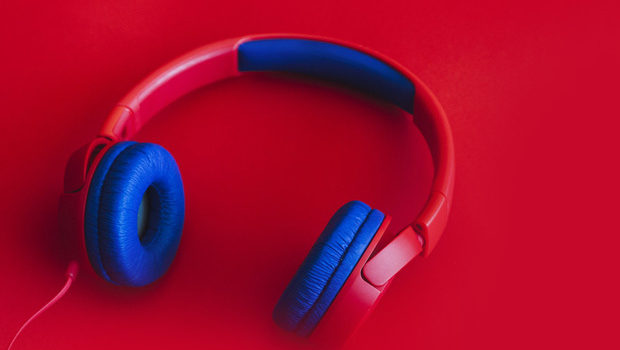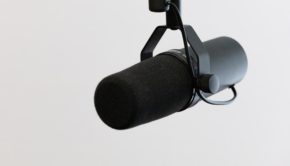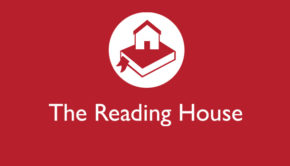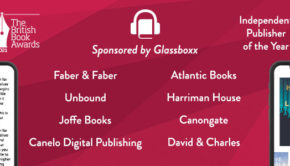The Audio Boom
Editor’s note:
We may still be (partially) locked down, but that aside, it’s been an exciting month for publishing! From Monday night’s Nibbies, to the IPG’s Spring Conference, to BookMachine’s recent ‘AudioBook month’, we’ve all been spending a LOT of time on video conferencing services – sometimes with a drink in hand, occasionally with a child popping in to say hello, and, increasingly, with odd looking haircuts.
Anyway…, what’s been abundantly clear is that the industry has pivoted. Publishers, retailers, and others have swivelled on a dime, and adapted extraordinarily well to these changing times. And whilst we all miss each other’s physical company, there are many questioning the need for full time office-based employees, once ‘normal life’ resumes…
Here at Firsty, we’re really pleased at the continued success around eBook and audio that we’ve been seeing with the Glassboxx service – to the extent that we actually launched a dedicated newsletter – Connections – for our Glassboxx publishers; focusing on new members, new features and functionality, marketing tips and case study successes. There are links through to those May and June editions here for those of you interested. Feel free to get in touch directly if you want to take advantage of the direct sale opportunities, or to discuss partnership opportunities or improvements to the service – one of the team will be happy to help.
In the meantime, we’re looking forward to seeing how the industry readapts to the opening up of bookshops, as the highstreets become busier. Many independent publishers and bookshops have found creative ways to continue reaching readers, so it will be interesting to see if reading habits have changed at all in the last few months, and if so, how?
Darin Brockman
Firsty Group Founder & CEO
With the popularity of on-the-go listening soaring, this is a great moment to build audiobook sales and connect to listeners direct
For publishers and consumers alike, the audiobook market has changed out of all recognition. The days of crackly cassette tapes and dull narration are gone, replaced by compelling content that is available with a few swipes of a screen.
For several years now, audio has been the fastest growing sector of the market by a street. The Publishers Association says audio sales were worth £69m to UK publishers in 2018—a whopping 43% up year-on-year, and more than triple the value of the market just five years earlier. It compares with modest 5% year-on-year growth in digital book sales, and a 5% dip in print book revenue.
This trend is echoed elsewhere. In the US, the Audio Publishers Association (APA) has just announced that audiobook sales grew in double digits for the eighth year in a row in 2019, and that the market is now worth well over $1bn (£800m) a year. Globally, consultancy firm Deloitte predicts that global sales will hit £2.8bn in 2020, and that they may overtake eBook revenue in three years’ time.
What’s behind this phenomenal growth? Digital technology has been the main driver. Smartphones, iPods, smart speakers and wireless headphones have all made access easier than ever, while online platforms allow people to start listening to content in seconds. Nielsen’s consumer research shows that digital sources now account for three quarters of all listening in the UK.
Audiobooks also suit consumers’ busy lifestyles. Simple access means people can dip in to content on occasions that books can’t accommodate, like driving, exercising or cooking, and they have suited people with more time on their hands during lockdown. The APA has highlighted that versatility during June’s Audiobook Month via a fun #AudiobookChallenge that invites people to listen while doing something different every day—from dancing to folding laundry to shopping.
The quality of audio content is also pulling people in. Production values have soared thanks to digital studio technology, and audiobooks often now feature A-list narrators and ensemble casts. More and more big name authors are choosing to narrate their own audiobooks—like Michelle Obama, whose memoir Becoming was named Audiobook of the Year at last year’s British Book Awards. And publishers are getting much more creative with the format, adding exclusive content to audio editions, and releasing them simultaneously with print—a strategy that would never have been considered in the past.
This leads to the question of whether audio cannibalises print sales. So far at least, there is little evidence for that: in fact, it’s creating new buyers. Nielsen BookScan’s consumer research suggests that the biggest consumers of audiobooks are men aged 25 to 44—a demographic that has always been hard for publishers to reach. Younger consumers who might not consider print books are discovering that audio content meets their needs.
As the market continues to grow, it will be interesting to see which channels emerge on top. Audiobook CDs still endure, especially in libraries, but downloading and streaming are plainly the ways forward. For heavy buyers, subscription services have an increasing appeal.
But as with print and digital books, consumers may well choose to cut out the middlemen and get their audio content from publishers. At Firsty, we are seeing a lot of interest in the audio elements of our Glassboxx solution, which enables digital audiobook content to be sold straight to buyers, protected by full Digital Rights Management. As well as improving margins, the direct model can give publishers a choice of sales and rental models, valuable insights into listening behaviour and flexibility on pricing, including the option to promote by giving some content away for free. At a time when it is so important to understand end-users habits and needs, it can bring publishers and audiobook listeners closer than ever before.





